Asymmetric balance Geometric Posters and Art Prints TeePublic
Asymmetrical is a term used in art to describe something that is not the same on both sides of a drawing, sculpture, painting, etc.. Asymmetrical balance in design can be achieved in a variety.
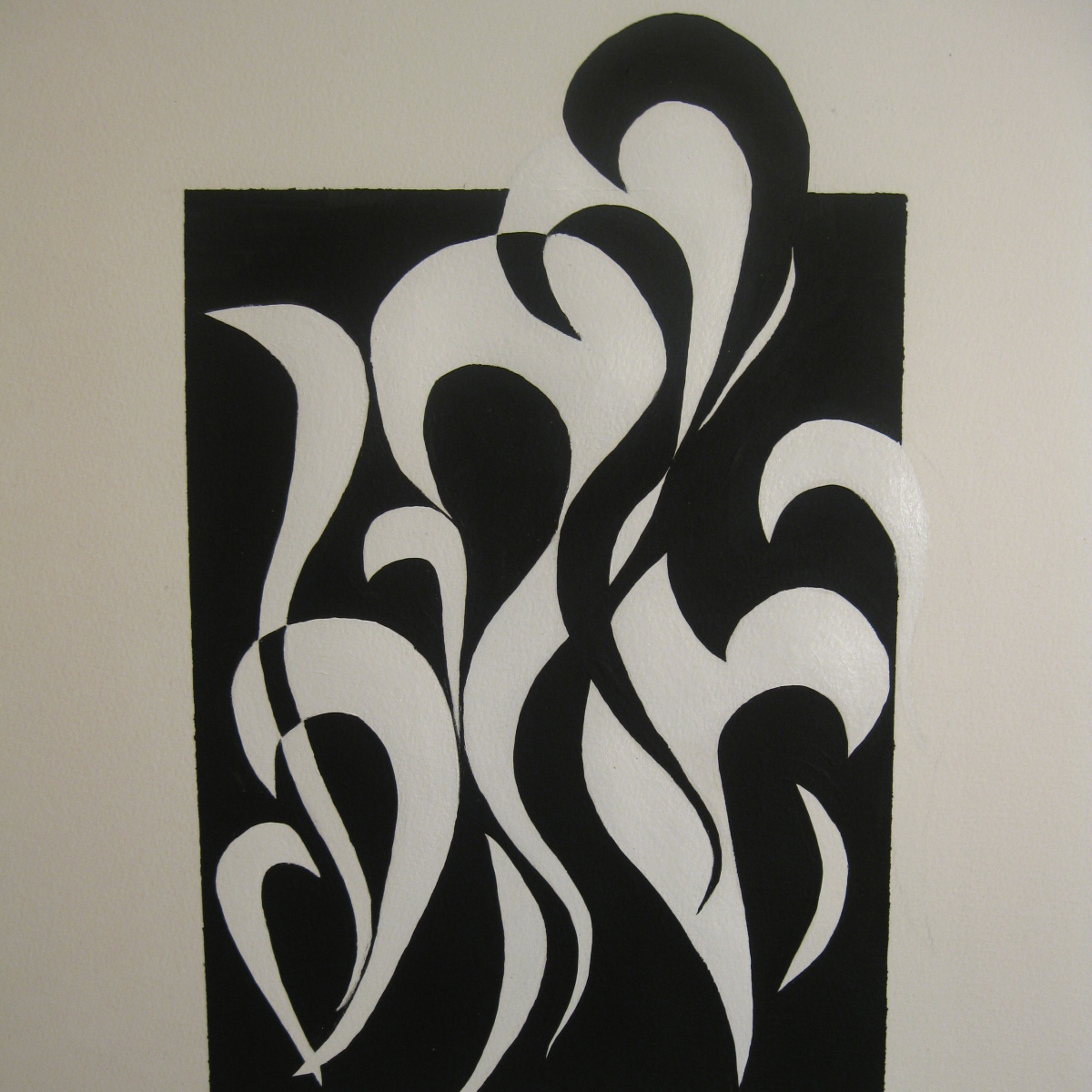
130 Ethan Yates October 2012
Symmetrical & Asymmetrical Drawing - 1 | IntroductionA complete series of drawing tutorials for all the beginners. Now you can learn how to draw by sitting a.
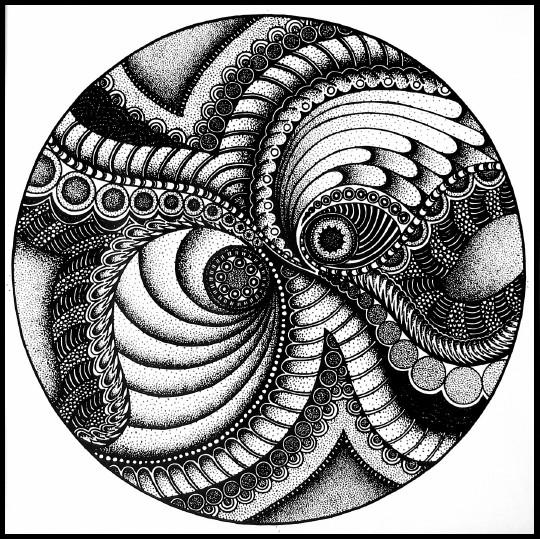
Asymmetrical Drawing at GetDrawings Free download
SYMMETRICAL BALANCE. Symmetrical balance is a type of visual balance where a work of art is composed in such a way that all visual objects are equally distanced from the central axis, or the central point, of the design. And not only that - the objects from both sides of the axis look the same, only as reflected in a mirror.
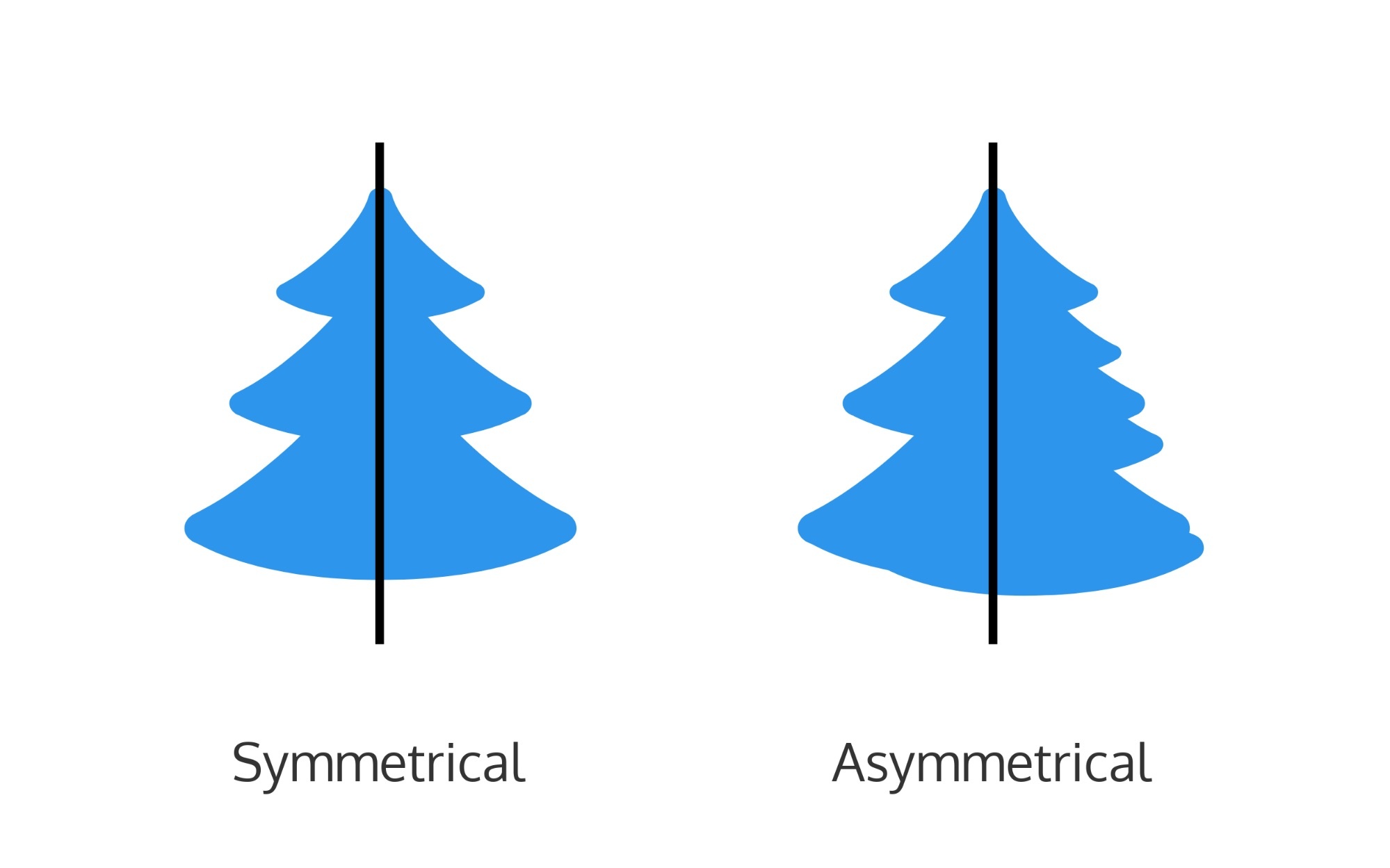
Leading UI, UX & Web Design Trends For 2021 and Beyond
An asymmetrical object is visually heavier than symmetrical objects. Therefore, symmetry is great for patterns, backgrounds, the general layout, content, and anything else that is meant to be visually passive. Asymmetry is effective in drawing attention and breaking monotony. Symmetry/Asymmetry Design Tips and Best Practices

Asymmetrical Drawing at GetDrawings Free download
Asymmetry involves using different design elements arranged to achieve harmony Symmetry relies on the equal distribution of visual elements, often through mirroring or repetition Each approach has unique benefits and challenges, and understanding both can empower designers to make informed decisions about which method best suits their project.

In the Art Studio Principles Of Art Unity, Principles Of Design, Elements Of Design, Geometric
Whenever we make a design that consists of elements that we've distributed unevenly around a central point or axis, we'll consequently have an asymmetrical design. We can exploit asymmetry, using it to draw attention to areas in the design or to convey dynamism or movement. As in biology, elements are like cells or parts of an ecosystem.

Asymmetrical Balance Graphic Design Asymmetrical balance, Asymmetric design art, Principles
Symmetrical design is a composition in which the creator evenly distributes visual elements within the given space. A symmetrical design might show mirrored aspects on either side of an image, layout, piece of art or other composition. Symmetrical designs may also repeat components at different angles or around a common radius.
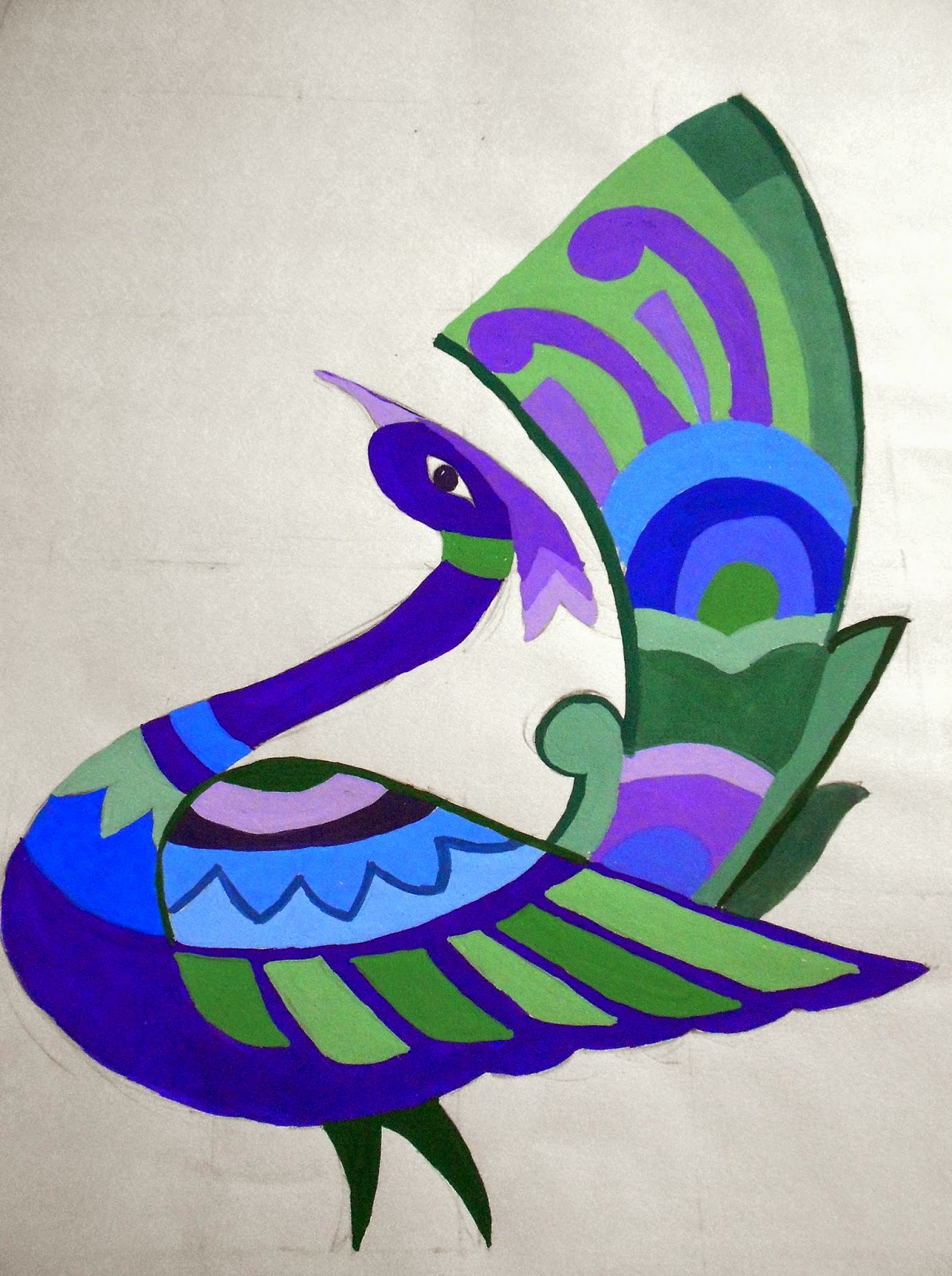
Asymmetrical Drawing at GetDrawings Free download
Conversely, asymmetry is the absence of symmetry of any kind. Whenever we make a design that consists of elements that we've distributed unevenly around a central point or axis, we'll consequently have an asymmetrical design. We can exploit asymmetry, using it to draw attention to areas in the design or to convey dynamism or movement.

Notan design asymmetrical balance Notan Design, Design Art, Art Drawings Simple, Art Drawings
Asymmetrical designs refer to artistic arrangements of visual content that are intentionally uneven in their design. There are several reasons designers might create asymmetrical content, such as improving the engagement of viewers or encouraging more complex thought processes.

Asymmetrical paintings
Symmetry refers to the visual quality of recurring parts of an image across an axis, along a path or a centre. The elements and compositions that are same on both sides and always look balanced. The best reference that can be drawn from nature to understand the concept of Symmetry is the butterfly.

Asymmetrical Balance by motek93 Abstract geometric art, Balance art, Geometric shapes art
Symmetrical design allows you to draw attention to all areas of an image equally. Since this form of design is usually very structured and rigid in nature, it's referred to as formal balance. For marketers, symmetrical design is ideal for projects like event invitations or discount offers, but can seem boring if used on more creative pieces.

asymmetrical balance Asymmetrical Balance In Art, Balance Art, Student Art, Rhythms, Peace
Create symmetry around the focal point while incorporating asymmetrical elements to add visual interest. Creating a focal point in interior design is a powerful technique to enhance a space's visual appeal and impact. A focal point is the center of attention, drawing the eye and anchoring the design composition.

Balance The art piece is visually balanced on both sides although it is not the same on either
This form of symmetry will give the artwork and the viewer a sense of power, balance, sturdiness and formal organization. Reflection symmetry example: #2. Radial Symmetry. Radial symmetry, or rotational symmetry, is created when the artwork's composition is symmetrical around a central point or axis.
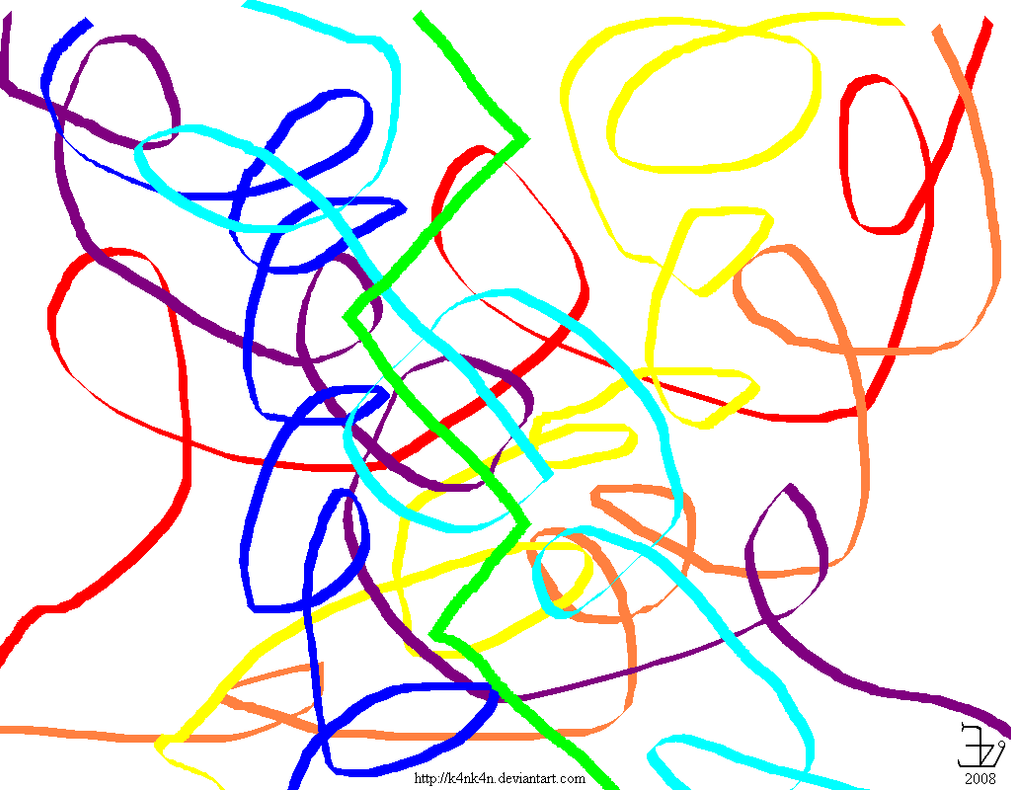
Design Asymmetrical Balance by K4nK4n on DeviantArt
There are two basic approaches to space elements on a page—designers can either lean toward a more symmetrical arrangement of elements, or an asymmetrical one. In this guide, we'll see how symmetry and asymmetry work for design. We'll cover the basic techniques, tips, and best practices for each approach. Take our Designing for Conversion course

Pin on Rhythm and Balance
The concept of symmetry is a characteristic in which an object is the same on both sides, folding over on the line of symmetry, just how you saw in the exercise above. There are three main types of symmetry; Reflexive: The human body—and many other animals—have reflexive symmetry.
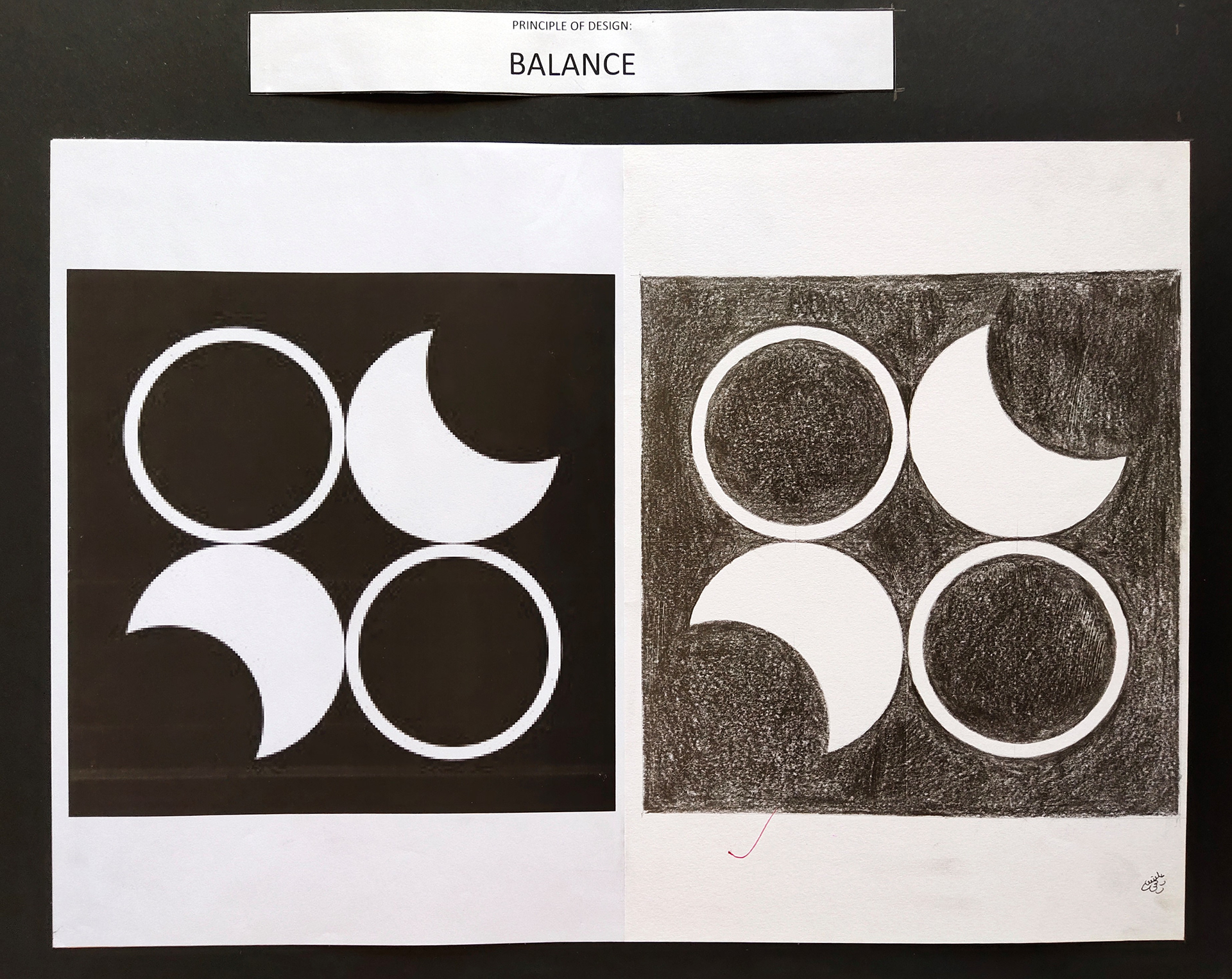
Principle of Design on Behance
Asymmetry in design is the uneven distribution of various elements in an area until they balance out. In nature, for example, mountains are balanced even if their shape is irregular, the fiddler crab has claws of different sizes.. In the upper drawing, an asymmetric layout can be seen, which places one pillar on the left and the window.